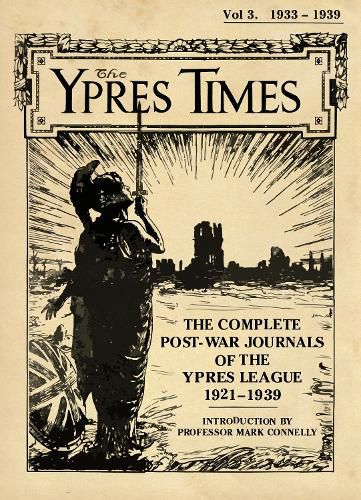Readings Newsletter
Become a Readings Member to make your shopping experience even easier.
Sign in or sign up for free!
You’re not far away from qualifying for FREE standard shipping within Australia
You’ve qualified for FREE standard shipping within Australia
The cart is loading…






The Ypres Times was the journal of the remembrance movement, the Ypres League. Founded in 1921, the League was the creation of Henry Beckles Willson and Beatrix Brice. Both Brice and Beckles Willson understood the crucial significance of Ypres to the British Empire, and believed it their sacred duty to maintain the memory of those who had fought and fell in its defence. As the League’s journal, the Ypres Times published a huge range of material. It carried reminiscences of veterans, discussions about the rebuilding of Ypres, the developing work of the Imperial War Graves Commission in the salient, and the erection and unveiling of unit memorials. The Ypres Times reproduced for the first time, in facsimile format and bound in three volumes provides a fascinating insight into the way the British Empire’s central commemorative site was understood and imagined in the twenties and thirties.
$9.00 standard shipping within Australia
FREE standard shipping within Australia for orders over $100.00
Express & International shipping calculated at checkout
The Ypres Times was the journal of the remembrance movement, the Ypres League. Founded in 1921, the League was the creation of Henry Beckles Willson and Beatrix Brice. Both Brice and Beckles Willson understood the crucial significance of Ypres to the British Empire, and believed it their sacred duty to maintain the memory of those who had fought and fell in its defence. As the League’s journal, the Ypres Times published a huge range of material. It carried reminiscences of veterans, discussions about the rebuilding of Ypres, the developing work of the Imperial War Graves Commission in the salient, and the erection and unveiling of unit memorials. The Ypres Times reproduced for the first time, in facsimile format and bound in three volumes provides a fascinating insight into the way the British Empire’s central commemorative site was understood and imagined in the twenties and thirties.